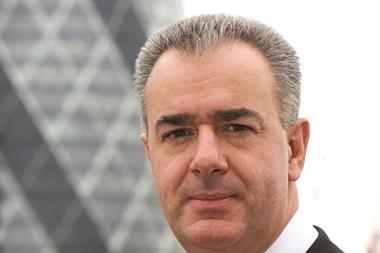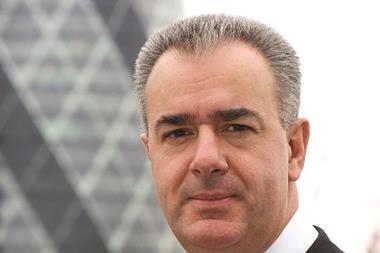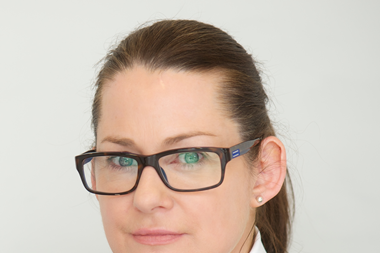High net worth and MGA business among areas for expansion
The UK division of AIG Europe made an underwriting profit of £181m in 2013, compared with an underwriting loss of £32m in 2012.
The division’s combined operating ratio (COR) improved by 19 percentage points to a profitable 84% in 2013 from a loss-making 103% in 2012.
The company said the improved underwriting profitability was caused by a combination of fewer large claims, cost savings, lower costs from projects such as Solvency II preparation, and positive results from its recent efforts to cut unprofitable business.
AIG Europe’s UK chief executive Nicolas Aubert also hailed the company’s return to growth mode after the cutbacks.
Net written premium grew by a modest 0.5% in 2013 to £1.19bn (2012: £1.12bn) as a rise in new business just offset the continuing business lapses from the portfolio restructuring the company completed in 2012.
But Aubert predicted stronger growth by AIG UK in 2014.
He told Insurance Times: “In 2013 we saw a significant increase in new business generation and activity. This accelerated in the first quarter of 2014 and we have seen a positive trend in the second quarter.
“I am going to be talking about much more than 0.5% growth next year.”
High net worth and MGA growth
One of the growth areas for AIG UK in 2014 will be high net worth business, which Aubert said performed very well in 2013.
He said: “We have been in the high net worth business for a very long time, but have significantly accelerated here.
“You will see more and more activity around the high net worth segment from AIG, both in the UK domestic market but also the international market.”
Another area for development is facilities and MGA business, which AIG calls portfolio solutions. AIG UK has already increased its activity in this area: it had “significant” participation in Gallagher’s OIM underwriting division and became a capacity provider to broking group Hyperion’s Tamesis DUAL reinsurance facility in November 2013.
Aubert declined to name any new facilities that AIG is working on, but added: “We are working on several of them. You will see us being more present in this area.”
Aubert said AIG UK’s increasing appetite to write MGA and facilities business was driven by the company’s improved use of data and analytics.
He said: “We did not have this capacity [to use data and analytics] in the past and that was part of our reason for our discomfort with these types of business, but we have made some investment in this area and are becoming smarter at looking at this.”
AIG’s plan to write more London market business, announced last May, is also continuing apace, and Aubert says the company is also expanding in areas where it is already strong, such as aviation and energy.
COR breakdown
While fewer large claims helped AIG’s underwriting performance in 2013, Aubert said the bulk of the improvement was down to the company’s efforts to reduce costs and improve the profitability of its book.
Nine percentage points of the 19-point improvement came from the expense ratio, while the remaining 10 points came from the loss ratio.
Four points of the nine-point expense improvement came from the reduction in project costs, while five points came from general expense reduction.
Of the 10-point loss ratio improvement, three points came from reserve releases and the remaining seven points came from a combination of fewer claims and improved underwriting.
Aubert said it was not possible to split out exactly how much of the seven points had come from underwriting improvement and how much from fewer losses, but estimated that less than 3.5 points was down to the lower level of claims.
He added, however, that AIG’s UK COR may not always look as good.
He said: “Our business is very volatile. We are comfortable with the underlying profitability of our book and believe a substantial part of the profitability is sustainable, but we are prepared to have some significant volatility in these figures, so long as it comes from proper underwriting strategies and is within our risk appetite.”
Hosted by comedian and actor Tom Allen, 34 Gold, 23 Silver and 22 Bronze awards were handed out across an amazing 34 categories recognising brilliance and innovation right across the breadth of UK general insurance.













































No comments yet